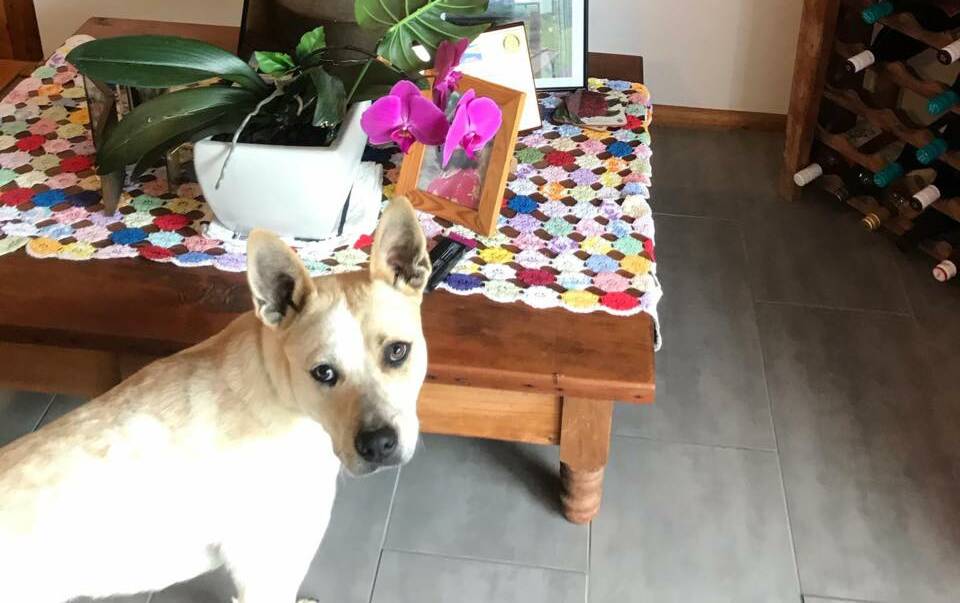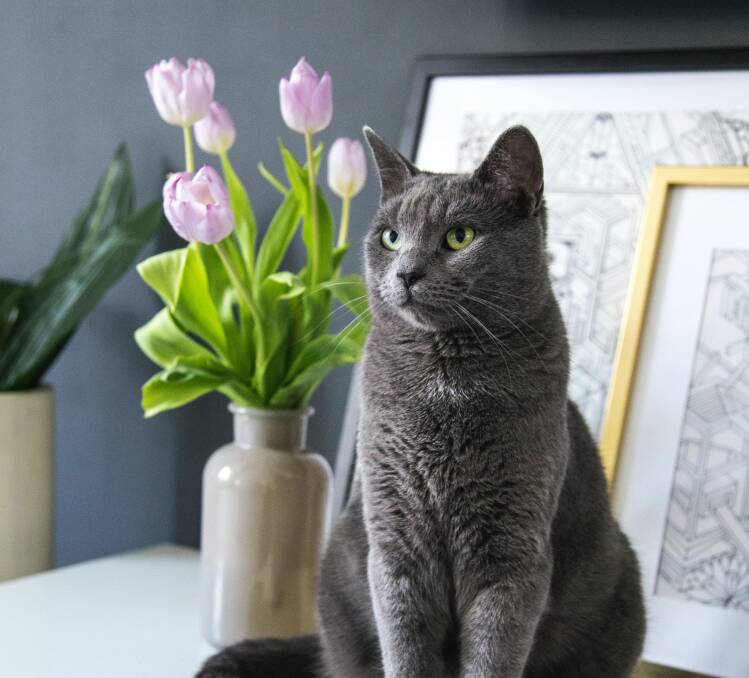
We want our pets to be happy, healthy and safe in our homes.
Create a free account to read this article
$0/
(min cost $0)
or signup to continue reading
We're careful with their food, water, bedding and exercise - but we also need to pay attention to the spaces they live in, especially when those spaces include indoor plants.
Kevin Parker, senior horticulturalist at The Greenery Garden and Home in Heidelberg, Victoria, said pet owners may not be aware of the hazards that some indoor plants can pose to their dogs and cats.
"Toxicity levels in indoor plants can vary, however most plants contain materials that can harm animals," he said.
"Generally, these plants would have to be chewed or ingested by animals to be harmful to them, however sometimes simply brushing up against some plants will cause skin irritations.
"Common indoor plants such as Spathiphyllum (peace lilies), cyclamen and kalanchoe have both flowers and foliage that can be irritants. Foliage plants such as Pothos (devil's ivy), Schefflera (umbrella plant), Sansevieria (mother-in-law's tongue) and Ficus (rubber plant) will also make your pets unwell".
Kevin said symptoms may include skin irritations, gastrointestinal problems and mouth irritation. "If your pet is exhibiting these symptoms, you should seek veterinary advice immediately."
Kevin is a pet and indoor plant lover, and takes a sensible and thoughtful approach when caring for his pets around plants.
"Firstly, I place my plants out of reach of my pets, on a high shelf, bench or pot stand," he said. "That way I make sure my pets can't brush past or chew on any foliage or flowers.
"A wide range of planters and stands are available now from stores that will allow you to keep your plants out of reach."
Importantly, he keeps his pets exercised and occupied.

"When pets are bored or lonely, they will look for something to distract them, so purchase some chewing toys to occupy them," he said.
"By providing companionship, toys and chewing materials, your pets are much less likely to be interested in the indoor plants in your space."
Kevin said some plants are better suited for indoor use around pets.
"Try using parlour palms, Calatheas (peacock plant), Cissus (grape ivy) or Boston ferns to fill your containers with foliage.
"Orchids are an excellent choice for use as an indoor flowering plant. For short-term indoor flowering colour try pansies or violas in decorative pots.
"With some care and attention, both indoor plants and pets can live together happily and healthily."

